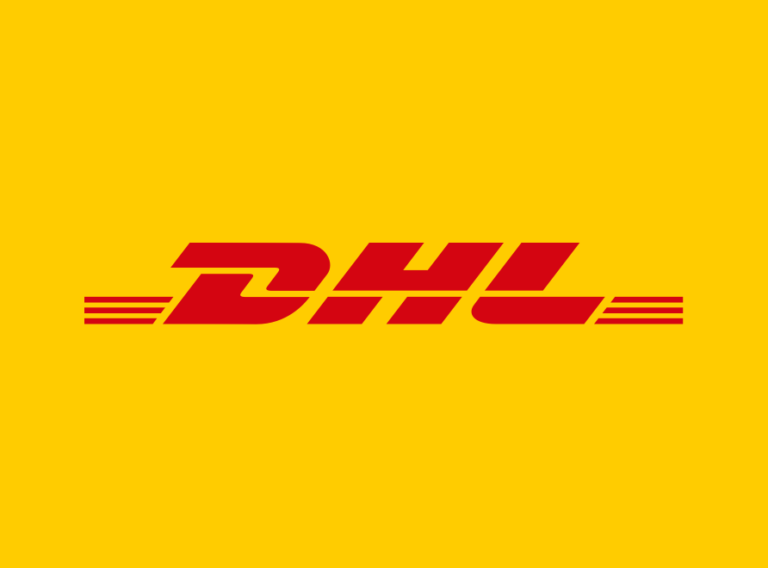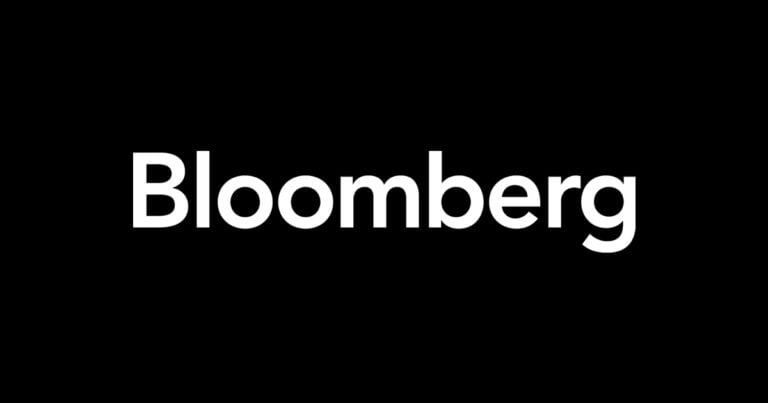Customer Focused Continuous Improvement – Beyond Words; Part 2 – Customer Need
We started our discussion on Customer Focus last month with a general discussion about what it means to be ‘customer focused’, and how this term is overused and misunderstood in business. Everyone claims to be ‘customer focused’, yet customer loyalty is at its lowest point in years, complaints are higher than ever before, and almost everything we buy today comes with extended warrantees, or extended service contracts for “only a little more”. To get at real customer focus, we need to get at what and why a customer does what they do. In the end-to-end framework, that starts when he or she decides they need something and concludes when they get exactly what they need, when they needed it. The customer should feel that they paid the best price for the best quality. They should want to recommend that product to everyone they meet.
It was in defining this ‘end-to-end’ framework that we spent most of our discussion last month, where we identified the 8 basic components of customer behavior, from when their needs are realized to when they are fulfilled and sustained. We spent some time on each component, from ‘Need’, ‘Understand’ and ‘Select’ to ‘Decide & Purchase’, ‘Receive’ and ‘Install/Use/Apply’, then to ‘Evaluate’; and finally to decide to ‘Keep or Try Something Else’. The idea is to thoroughly understand the behavior at each component, and then determine what actions you can take to enable and support the customer’s requirements. The better you can help the customer, the more likely they will be comfortable selecting and purchasing your products and services from you.
Our journey will now take us into each component in greater detail to: better understand the appropriate requirements, align your strategies and policies, and study the internal resources, processes and methods to best support and sustain these needs.
This month, we will focus on the first component – that initial need that the customer experiences when they first realize they have a need for a particular product, component, part, or service. While they have not yet begun their search, they are already forming an idea of how it should look, function and resolve their need. We will look at what it means from a customer behavior standpoint, and then discuss related business services critical to enabling the customer realization to not only be fulfilled, but to bring them to your door in realizing you have exactly what they need.
To refresh, Figure 1 provides us all 8 customer focused ‘components’ as discussed above.
| Cust. Exp. ‘Component’ | Customer Behavior | Related Business Service Process | |
| 1 | Need | Customer realizes they have a need | Through Market & customer behavior, Anticipate need
|
| 2 | Understand | Research options, gather information | Make information available: Web, advertising, published media. Goal is to convince customer to select and buy your product/svce. |
| 3 | Select | Compare, contrast, +/-, priority: Select top 2-3 | |
| 4 | Decide & Purchase | Decide which one is best, Purchase it (Decide, Order – (buy in store or shop, on-line, by mail, or by phone), Pay) | Sell (Process Order, Purchase) |
| 5 | Receive | Receive (by mail, electronically, pick up store or shop, delivery, courier) | Deliver |
| 6 | Install/ Use/ Apply | Initial and sustained use (also includes maintenance/service) | Install/Activate and enable and sustain use |
| 7 | Evaluate | Assess product or service, determine whether to keep or try again | Solicit customer feedback |
| 8 | Keep or Try Something Else | If keep: determine keep, for now. Circle through step #6 If Bad: determine churn, go back to step #2 Re-evaluate if changes in product, price, technology or market/ customer situation changes – go back to step #3 | Measure performance:
|
Figure 1
So, we now will direct our thoughts to the first component, that of ‘Customer Need’, which materializes when a customer ‘realizes that they have a need for something’….
From our introduction last month, we described ‘Need’ as follows:
The ‘Need’ component is when a customer realizes they have a need for a product or service of a particular type, either for their personal or business use.
For a company that provides a specific product or service, the challenge is to anticipate customers need (even where a gap may not have existed before) and to design, prototype and produce those products and/or services that can satisfy this need now and in the future.
But that in itself is not enough; there must be a capability to sustain and continue to provide such products and/or services beyond market entry.
To see how this works, we ask what customers first do when they realize they have a need. For the most part, customers will need a product or service for: their work (for example, needing a component for an assembly they are designing, certain materials, or other job-related needs); personal life (such as a great meal, an oil change, a certain type of attire, or a haircut); or for someone else (such as tickets to a show, arranging hotel or travel accommodations). To be able to anticipate this need, we first have to understand the circumstances that would suggest such a need, and for what purpose they would require this need fulfilled. Given this understanding, it would be possible to design the ultimate product or service that would meet this need – not just once, but as many times and in as many different circumstances as can be achieved.
‘Need’ itself is a complex concept in that caution is warranted not to interpret a customer ‘need’ purely in the eyes of your products or services. For example, 10 years ago a CD distributor would interpret a customer’s desire for music to be fulfilled through purchasing CDs, and would therefore stock the hottest albums. Today, customers can purchase specific songs and create their own ‘albums’ through iTunes and other on-line markets. The business that confines its strategy only to products and services will miss key competitive opportunities, and could lose everything if and when the market shifts.
Once you begin to understand the customer ‘need’ and how you can best meet this need, your next steps are critical to setting up and enabling your business to fulfill this need in a sustained way. There are 4 key steps. These steps have to be done in order; however, they can overlap depending on how much of the product or service already exists, and how much has to be created from scratch. They are:
- Understand the gaps – These are the gaps between what the customer needs and what they can currently get. Understanding these gaps also includes defining them in a way that helps your company understand where to invest, in terms of closing these gaps and creating a sustainable competitive edge.
- Design and prototype – Once you know what is required to close the gaps, you can design the product or service and the supporting processes, test prototypes or trials, and refine the design until it performs as expected.
- Organize business structure to support product / service – Once the product/service and processes are proven, the entire company must be reassessed in terms of how it is organized to support the creation and delivery of your products and services in the best way possible.
- Launch product / service – Finally, with the organization in place, processes optimized, and products / services verified as to their added value to the customer, you launch and monitor performance through scorecards and dashboards at every level participating in the processes. Adjust as you ramp up to a sustained production capacity.
As we can see, understanding the need accurately sets the direction for everything else the company does. This concept is the most critical, so we will spend some time discussing it in greater detail. We will look at different situations where customers need a particular product or service, and how different organizations have addressed this need.
– Restaurants: Customers go into restaurants to have a pleasurable dining experience. This means placing orders easily and effectively, not having to wait too long, great tasting food, and pleasant, attentive service. In America, we are often seated at the table, given menus, and have to select what we want – then wait for our meals at the table. However, in the UK, guests are seated in a lounge area, given menus, and offered refreshments while they select their meals. Then, once they order, they stay in the lounge until their meal is ready, and then are called to the table to enjoy their meal. Afterwards, they can retire back to the lounge for dessert, drinks or just to socialize until they are ready to leave. Music is often provided, along with some entertainment, or maybe a TV to watch sporting events. These restaurants have ‘reframed’ the dining experience beyond just a meal to be ordered and consumed, and have loyal customers who return repeatedly for the meal and the experience. These customers know the owner and most of the wait staff and cooks (who come out personally to see how the meal is going).
– Air travel: It was not that long ago that you had to have a paper ticket, boarding pass and be checked at your gate an hour or so ahead of your flight. But these days, you can ‘check in’ online, 48 hours ahead of your flight, print your boarding pass, (or have it sent to your smart phone), and go directly to your gate 30 minutes before departure. These improvements eliminated cumbersome process steps that did not add value to the customer’s experience.
– Movie Theaters: Customers need to arrive, go in and watch their movie. But not too long ago, you had to stand in line, pick your movie, buy a ticket, then go inside and stand in another line to show your ticket and be let in. Today, you can order your film on-line ahead of time, arrange to have tickets waiting for you (or have the ticket sent to your smart phone directly), and then just go, pick up your tickets or scan your phone, and in you go. Again, the non-value added process steps have been eliminated, to make it a more pleasurable experience for the customer.
– Books: Customers want to get the books they want and read them immediately, if possible. Amazon listened to hundreds of readers and book enthusiasts and has subsequently re-defined how customers can and do buy books. We used to go to a book store to purchase the books we wanted, if they were in stock. If not, we would put them on order and wait a week or so, then go back to the store to purchase and pick up. Today, we can order books online (e-book or audio-book format), purchase and download instantly for our enjoyment. For paper based books, we can order from an almost unlimited inventory to be delivered in a day or 2 wherever we want. The bookstores are realizing this takes away their clientele and have taken up the challenge by enhancing the customer experience in the store, through expanded services such as coffee and cake shops, free Wifi, and more comfortable reading areas. The proof will be in whether these added offerings will be seen as ‘value added’ in the eyes of the customer, as demonstrated by sustained traffic and sales levels.
– Manufacturing: Companies that make products want to get materials, components and other piece parts easily, on time and with minimal waiting or added processing. Typically, purchasing agents (guided by a bill of material) buy components, raw material and other piece parts according to some scheduled demand level to be delivered to a central assembly facility which builds a final product for delivery. Vendors provide these piece parts or components, manufactured to very exacting specifications. However, with the advent of 3D printing, many of the piece parts and components can be manufactured directly to the specification and quantity required (given that they can be made of composite materials). Hundreds of components, small assemblies and other items made of various plastics and composite materials can be manufactured within minutes where it took days or weeks before. Rather than trying to reduce inventory, improve shipping or order response time, this dramatic change altogether eliminates the waiting, unnecessary inventory, transportation, inspection, shipping, and other wastes. This all enables a company to manufacture parts needed and assemble them in a fraction of the time.
With these and countless other examples, it is clear that understanding the true value as viewed by the customer’s need can re-frame how a company answers that need, and give that company a significant competitive advantage to sustained performance.
After launch, it is imperative that a company develop the means to track performance and adjust its strategy and operation accordingly when things change in the market’s or customer’s point of view. This points to a sustained continuous improvement (CI) program. To take what was put in place and immediately seek to improve or evolve – aligning to new ways to meet the customer needs. There are 2 distinct areas that can benefit from a CI perspective, namely:
1) Regarding the design, prototype and production, incorporating many of the principles of ‘design for six sigma
(DFSS)’, Quality Functional Deployment (QFD), and TRIZ will ensure that every decision and action will be derived
from providing for a significant customer benefit.
2) Designing, Ramping up and sustaining supporting operations can benefit from continuous improvement through
understanding prior launches, establishing a ‘lessons learned’ mantra, and following a detailed plan that includes
realistic FMEA (Failure Modes Effects Analysis) based risk identification and mitigation actions.
Examples of ‘best practices’ we offered last month included Apple in creating their ‘i-’ product series (especially their iPad product line), and Singapore Airlines who managed to include many items we hadn’t even thought of for our trips. There are dozens of other examples such as: 3M and their hugely expansive paper products lines, Amazon.com in the way they have revolutionized the way people buy books, and Cleveland Medical Group where they really understand the entire patient behavior and experience needs (from before the appointment is made to years after treatment and cure). These examples can help us understand how we can move from merely ‘satisfying’ our customers to creating loyal, impressed, believing repeat customers that don’t think of ever going anywhere else for what they need.
So in this follow-on discussion, we focused on the first of the 8 customer components, that of the customer need, and how to understand and answer it the best way possible. Realizing also that things are always changing, we recognized the need to continuously improve or evolve our processes, rethinking how we will continue to meet the customer needs, and we looked at several examples where this has proven valuable over the last decade. The next installment will look at the ‘Understand and Select’ components where the customer researches options and gathers information for the purpose of comparing and contrasting options in order to select the best product or service that serves their needs. By understanding these customer ‘components’, you assure that your program will always be focused on the best opportunities for your customers and your business.
By Frederick S. Buchman
Working in Operational Excellence over 25 years, Frederick S. Buchman is the President and CEO of Hayward Enterprises, Inc., and is a recognized international author, speaker, coach and consultant on Operational and Process Excellence programs, co-authoring multi-language books on systems for management such as balanced scorecards and dashboards. His organization has helped many Fortune 100 companies worldwide in successfully designing, executing and integrating their continuous improvement programs, and also often assists with senior leader qualification, executive team development, and working with companies big and small to achieve and sustain their performance goals.







